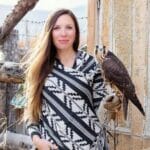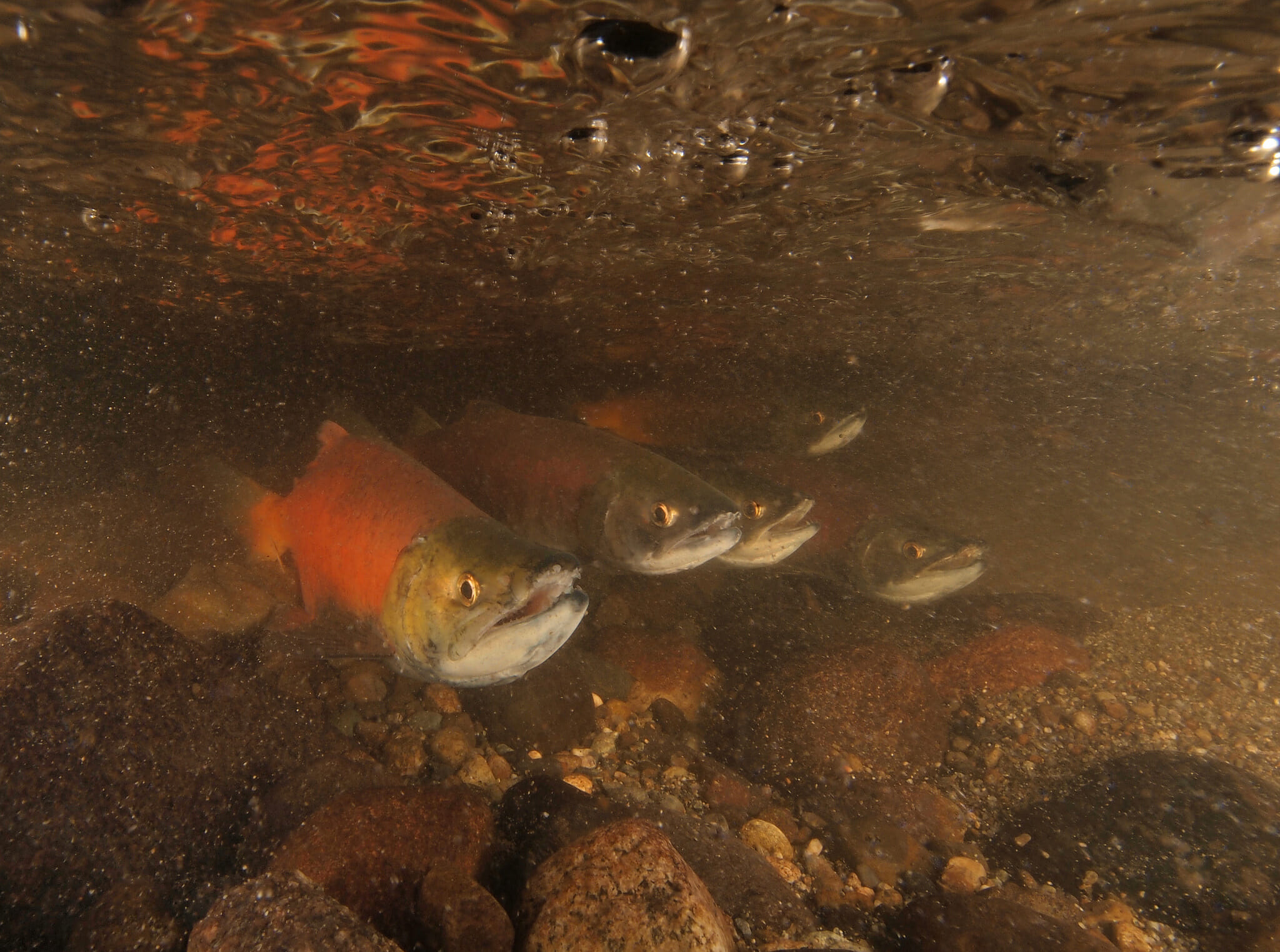By David Kyle
What is a kokannee?
This is a question I get asked a lot. Kokanee (aka “little redfish”, “silver trout”, “landlocked sockeye
”, and “blueback”) are the non-anadromous form of sockeye salmon (O.nerka) and are distributed through the North Pacific.
Kokanee are smaller than their larger cousins, averaging 10”-14” in length and 1.5 pounds in weight. These fish hatch in the tributaries of a lake or river and quickly migrate to the larger water body where they primarily feed on Zooplankton (daphnia) for their three to four year lifecycle. Similar to other salmonids, kokanee return to their natal stream to spawn.
Here in the Puget Sound Region of Western Washington, there are two remaining native populations of kokanee. Of the two native populations, the Lake Washington/Lake Sammamish watershed (just east of Seattle), the kokanee population is in decline.
This native kokanee population was historically an important cultural resource for the native people and an important food and recreational resource for the residents of the area. It is estimated that the kokanee population of these lakes numbered in the tens to hundreds of thousands of fish with three distinct runs. Historical fisheries surveys conducted in the late 19th century showed kokanee were the most common Pacific salmon in the watershed with few observations of sockeye and no accounts of other salmon species.
Today, only one of the three historical native kokanee runs in the Lake Washington/ Lake Sammamish watershed remains. The remaining run is called the “late run” and exists in Lake Sammamish. The late run’s 10-year average return is 800 adults but is highly variable ranging from a high of 15,000 to a low of 24 fish. We are currently in the middle of the spawning season and have observed a meager return of only 40 fish.
Extremely low and highly variable kokanee returns highlight the need of restoration of this fish. Trout Unlimited has partnered with an ad hoc group called the Kokanee Working Group (KWG) which was formed in 2007.
The goals of the KWG encompass returning the kokanee population to robust health and ultimately re-establishing a fishery for kokanee on the lake. The KWG membership includes watershed residents, each of the five local jurisdictions in the Lake Sammamish watershed, the U.S. Fish and Wildlife Service, the Washington Department of Fish and Wildlife, Washington State Parks, the Snoqualmie Tribe, Trout Unlimited, Friends of Issaquah Salmon Hatchery, Save Lake Sammamish, Friends of Pine Lake, and additional stakeholders.
Our restoration work includes: stream habitat restoration, daylighting streams, replacement of fish passage barriers, public outreach, stormwater control, and hatchery supplementation. We have also initiated a Remote Stream Incubator (RSI) program to rear native Lake Sammamish kokanee eggs directly on Lake Sammamish streams we want kokanee to recolonize.
Lake Sammamish kokanee are our fish, they live in our watershed and is a surrogate for the health of our lake. We feel it is our duty to “Save the Little Redfish.”
David Kyle is the Lake Sammamish kokanee project manager for Trout Unlimited. He can be reached at dkyle@tu.org



